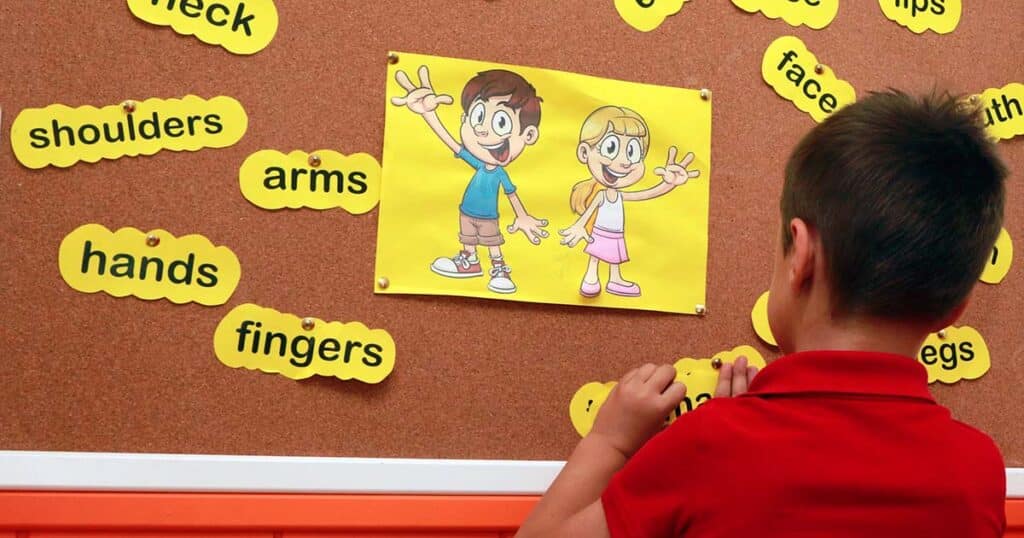Prior knowledge is essential for learning. That’s because all learning involves transfer from previous learning. That’s not just my opinion but a finding from the National Academies for Science Engineering and Learning.
When we learn, we are add to an existing knowledge base. We also use known concepts and facts to help understand and assimilate new information.
As long as our prior knowledge is accurate and consist with new information, prior knowledge benefits the learning process. The more prior knowledge, the better. We can learn faster and more precisely with greater prior knowledge.
To understand how prior knowledge affects learning, let’s explore the topic further. In particular, let’s define prior knowledge, explain why it is important to learning, look at some examples, and consider how teachers can take advantage of prior knowledge using activation strategies.
What Is Prior Knowledge?
In the field of education, prior knowledge is the information and skills a student already has before learning new information. The knowledge base may have been developed recently from a prior course or lesson. Or it could have been slowly gained from any number of life experiences.
Whether a student’s prior knowledge is extensive or limited, the essential task for teachers is the same. When introducing new information, an instructor should assess the learner’s prior knowledge and endeavour to activate it. Strategies and activities are available to support activation of prior knowledge.
Why Prior Knowledge is Important
Prior knowledge is an important concept in learning because all learning relies on concepts and facts already known by the student. Prior knowledge is the foundation that an instructor builds on to help students learn and master new concepts.
For example, a curriculum program often requires students to have passed the 1.0 level class before taking the 2.0 level class. Skipping to advanced class is inefficient because learners have to work harder and can become confused or overwhelmed.
Prior knowledge is like a foundation on a building. The foundation needs to be built before constructing the stories of the building.
You normally wouldn’t attempt to build the second story before building the first, unless the second story is built on stilts! Prior knowledge is a lot like the foundation and the levels of the building each subsequent level is built on.
Examples Of Prior Knowledge

Examples of prior knowledge include things like the prerequisite class needed before taking the next level class. But what about that entry level class? In a case like this, the students’ prior knowledge is what they know prior to entering the basic level of the subject.
For instance, if a student was beginning to learn a foreign language, their prior knowledge would include the things they know about their native language. After passing the first class, what students learned would now be included as prior knowledge when taking more advanced classes.
Another example is when a person wants to learn to play an instrument. What they already know about music through singing (every person’s instrument) is prior knowledge for learning the new instrument.
Another case is when a person wants to learn a sport. What they know about other sports they’ve competed in is prior knowledge. If they’ve never previously played in a sport, their prior knowledge would include all of their previous physical activity playing as a child.
How Do You Activate Prior Knowledge?
Before an instructor begins teaching new material, the students’ prior knowledge needs to be activated. Activating prior knowledge means bringing to the students’ awareness the information they know before beginning this new phase of learning.
Activating prior knowledge can take many forms and instructors use a wide range of methods to do it. At the beginning of a class or lesson, the instructor should assess what the students know.
Understanding the students’ prior knowledge helps the instructor know how to proceed with the next lessons. This assessment can be achieved through things like testing or by doing a review of prior lessons and coursework. Instructors use methods from the simple, like a class discussion, to the complex, like learning grids and concept maps.
Some of established activities for activating prior knowledge are: (a) brainstorming, where students throw around ideas or questions about a topic (b) anticipatory guides, where students write down their thoughts on a topic such as by answering whether they agree or disagree with various assertions and (c) preparatory texts, which are fairly easy, relatable reads that prime students for more advanced learning.
When prior knowledge is activated through the various methods in an instructor’s toolkit, students see that they have information to build on. From this prior knowledge, new knowledge is gained and learning takes place!
